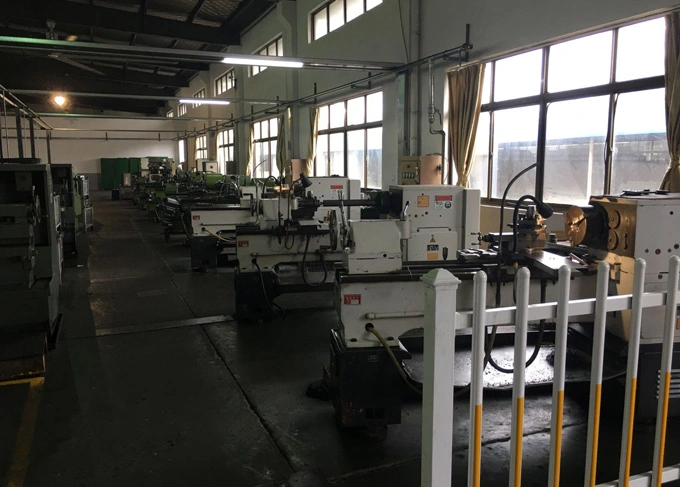en

Consider the material hardness of the ball bearing to resist deformation under heavy radial and axial loads while meeting industry benchmarks for longevity.
Components with ultra-smooth raceways and uniform ball sizing reduce friction losses and ensure consistent rotational stability at high speeds.
Bearings subjected to controlled thermal cycles exhibit enhanced fatigue resistance, critical for high-RPM or continuous-duty applications.
Choose units compatible with synthetic greases or high-temperature oils to maintain optimal viscosity and reduce wear during extreme thermal cycling.
Angular contact or self-aligning designs adapt to misalignment stresses, preventing premature failure in dynamic drivetrain systems.
Insulated coatings or hybrid ceramic balls mitigate electrical arcing damage in arc erosion.
Ball bearings ensure smooth rotation and load management in vehicles. Common failure signs include unusual noises like grinding or humming during acceleration, excessive vibration felt through steering or pedals, irregular wear patterns on bearing surfaces, and overheating due to lubrication breakdown, are alarm symptoms warn you to replace bearings.
Three critical ball bearings requiring replacement are Deep Groove Ball Bearings, designed to support radial loads in wheels and pulleys; Angular Contact Ball Bearings, engineered to handle combined radial and axial loads in transmissions; and Thrust Ball Bearings, which manage axial loads in steering systems.
Our designs prioritize application-specific durability and load distribution, ensuring seamless integration across diverse automotive systems through modular engineering.
Yes, we partner with clients to refine bearing geometry, sealing mechanisms, and lubrication systems, aligning with proprietary drivetrain layouts.
Of course. We own flexible production lines to scale orders efficiently, with priority scheduling for automotive partners requiring rapid turnaround times.
Email us
Call us
Address
NINGBO. ZHEJIANG. CHINA